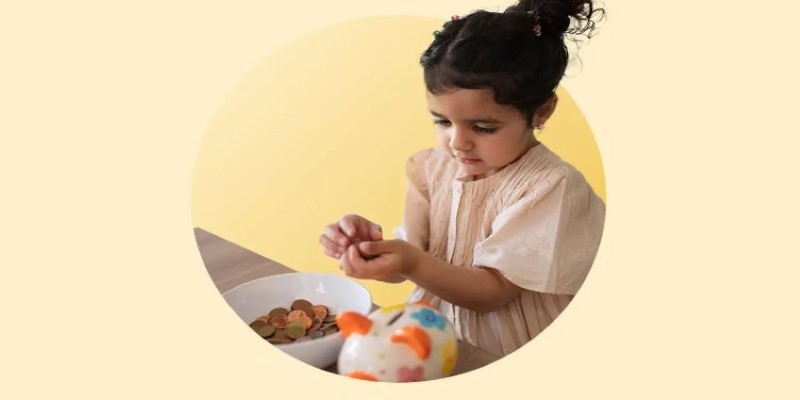Advertisement
Owning a pet brings joy, but it also comes with expenses that many don't expect at first. Among these is pet insurance, which can help with veterinary bills when your furry companion gets sick or injured. If you've shopped for pet insurance, you may have noticed that costs vary widely depending on your pet's breed. This isn't random. Breed plays a significant role in determining premiums, and understanding why can help you make more informed decisions about your pet's care and finances. Knowing what to expect can also prevent surprises when you see your first insurance quote.
Every breed has its unique genetic makeup, which influences the likelihood of developing specific health problems. Pet insurance companies use this data to estimate risk. Breeds prone to chronic illnesses, congenital conditions, or orthopedic issues tend to cost more to insure. For example, large dog breeds like Great Danes and Saint Bernards are at higher risk of hip dysplasia and heart conditions. Small breeds such as Cavalier King Charles Spaniels are more likely to develop mitral valve disease. These conditions are expensive to treat, and insurers adjust premiums accordingly.
Cats, though generally cheaper to insure than dogs, show similar patterns. Purebred cats like Persians or Maine Coons may have hereditary diseases like polycystic kidney disease or hypertrophic cardiomyopathy, raising their insurance costs compared to mixed-breed cats. Mixed breeds and domestic shorthairs tend to have fewer breed-related risks, making their premiums more affordable. Insurers rely heavily on historical data to set these rates, and certain breeds consistently show higher claims.
Beyond genetic diseases, breed influences other factors, such as size and lifespan, which also impact insurance pricing. Larger dogs generally have shorter lifespans than smaller dogs and are more prone to joint and bone problems due to their weight. Treatments for these conditions can be extensive and costly over time, making insurers charge higher premiums for breeds such as Mastiffs and Newfoundlands. Meanwhile, smaller dogs, such as Chihuahuas and Dachshunds, often live longer and face different risks, including dental disease or back injuries, but these are often less expensive to treat overall.

The expected lifespan of a breed also shapes policy costs. Insurance companies spread risk over the years they expect to cover a pet. Breeds with shorter lifespans mean less time to collect premiums but a higher chance of significant claims within that time, which raises the rate. In contrast, breeds known for longevity, like poodles or mixed-breed dogs, tend to carry lower premiums because insurers see a more balanced risk over a longer period.
Breed-specific conditions don’t just affect the likelihood of a claim but also its size and frequency. Orthopedic surgeries, heart medications, or long-term treatments for chronic illnesses can easily run into thousands of dollars. Breeds predisposed to severe, ongoing health issues tend to result in larger, repeated claims for insurers. Bulldogs, for example, are known for breathing difficulties and may require multiple procedures to improve their overall quality of life. German Shepherds are another example; their tendency toward degenerative myelopathy and hip problems means they often need ongoing, expensive veterinary treatments throughout their lives.
For cats, some breeds come with higher risks for respiratory problems, heart disease, or kidney disease. Insuring a Bengal cat is likely to cost more than a domestic shorthair because of the increased likelihood of inherited conditions requiring more frequent, sometimes urgent, vet visits and possible hospitalization. These higher expected claims push insurers to charge significantly more upfront to offset those potential future costs.
Understanding the specifics of your pet’s breed can also help you choose the right insurance policy. Some plans exclude hereditary or congenital conditions entirely, which could leave you paying unexpectedly out of pocket for expensive treatments later. Reviewing policy details thoroughly to see whether breed-specific conditions are covered is just as important as comparing overall premiums.
Knowing how your pet’s breed influences insurance costs allows you to plan better, both financially and medically. If you have yet to choose a pet, it’s worth considering the long-term costs of owning certain breeds, including how much you’re likely to pay for insurance. If you already have a pet, learning about their breed-specific risks can help you choose a policy that addresses their likely needs while keeping premiums reasonable.

Comparing plans is wise, especially since each insurer assesses risk a little differently. Some companies offer better terms for breeds with known issues, while others may charge prohibitively high rates or impose exclusions. Be sure to ask about what conditions are covered, what limits apply, and how premiums may rise as your pet ages. Sometimes mixed-breed pets or breeds with fewer inherited problems will give you more affordable options without sacrificing quality of care.
Shopping for pet insurance isn’t just about finding the lowest price. It’s about balancing cost and coverage in a way that works for your pet’s unique needs. Paying a little more for a comprehensive plan that covers breed-related issues can save you thousands down the line if your pet needs ongoing treatment.
Breed has a strong influence on pet insurance costs, driven by the health risks, size, temperament, and lifespan typical of each type of animal. Understanding these important factors can help you avoid unexpected expenses and make informed, thoughtful choices when insuring your pet. The differences in premiums between breeds reflect real differences in likely veterinary care, treatments, and bills. Choosing the right policy for your pet’s specific breed can make a big difference in managing both their long-term health and your overall budget. By being aware of how insurers assess your pet’s risks, you can plan their care with fewer surprises.
Advertisement

Discover 11 scenic and stress-free day trips from Rome, from lakes and spas to hill towns and beach escapes.

Understand the difference between TDS and TCS, how each works, who is responsible, and why it matters. A clear and simple explanation for individuals and businesses

Want to teach your kids about investing but don’t know where to start? This clear, practical guide helps parents build a strong financial foundation early—no jargon, just real-life steps that work

Explore the windfall tax effect on crude oil prices, its influence on production, supply, and market reactions, and how energy market policy decisions impact long-term trends

Experience the best road trips in Portugal across beaches, cliffs, and valleys—ideal for a calm and scenic getaway.

Prepare for your San Francisco visit with local tips, weather info, and travel insights.

How your state affects pet insurance costs, from veterinary fees and local laws to regional risks. Learn what drives premiums and how to choose the right plan

What a tax haven is, how it works, and its impact on global finance. Learn why individuals and companies use tax havens and how they shape international taxation

Take a break from Cardiff with 4 peaceful day trips to beaches, trails, forests, and coastlines perfect for fresh air.

Explore the best low-rate savings account alternatives to help your money grow faster without taking big risks. Learn smarter ways to save and earn more

Learn the most common reasons you might receive an income tax notice and how to handle it. Understand what triggers notices from the tax department and stay prepared

Enjoy a relaxing Ibiza trip away from the party scene, with beaches, nature, and local spots.